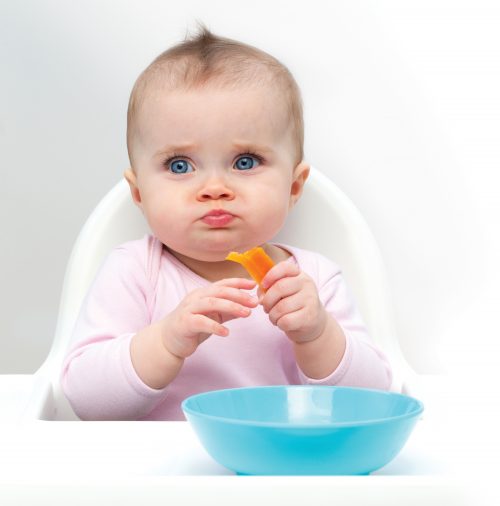
Toddlers need to eat little and often. So what are the best healthy snack options?
At around 12 months to two years of age toddlers’ molars start to appear, and if they can bite and chew well, feed themselves and hold a cup, they are ready to start trying different finger and spoon foods. Milk is still important, as is water, but these need to be balanced with solid foods. Toddlers have small stomachs so they need to have small amounts of food, often, in the form of three small meals a day and small healthy snacks between meals.
How to choose toddler snacks
Select a variety of snacks from the four food groups:
- Vegetables and fruit
- Breads and cereals
- Milk and milk products
- Lean meats, chicken, seafood, eggs and legumes
A variety of snacks each day is key to getting daily nutrient and energy requirements.
Tip: As they’re growing so rapidly, babies and toddlers need iron. Red meat, chicken and fortified cereals are all useful sources of iron.
Watch for choking
Toddlers can easily choke as they have small air passages and are still learning to bite, chew and grind their food. Foods to avoid are:
- Small hard foods, such as nuts, large seeds, popcorn husks, raw apple, carrot and celery (avoid the first three until at least five years of age)
- Small round foods, such as grapes, raisins/sultanas and peas
- Foods with skins or fibres that are stringy or fibrous, such as sausages, chicken with skin, nectarines, celery and pineapple
- Compressible foods and thick pastes that can get stuck in the child’s throat, such as thick spreads
To reduce the risk, you can alter the texture of these foods by removing the skins or fibres, and grating, cooking or mashing them.
What to check for
We don’t need to be too concerned about the kilojoules in snack foods for toddlers as they’re generally very good at telling us when they’ve had enough! Just remember to offer a little, often.
It is important, though, to keep an eye on added sugars, and to keep salt to a minimum. Milk, yoghurt and whole fruits contain natural sugars which are fine, but if these foods contain added fruit juice for sweetness, it is considered an added sugar.
Full-fat milk is recommended until two years of age, but limit this to 500mls (two cups) a day so toddlers have room for solid foods. This food adds a variety of nutrients they now need.
Ideas for healthy toddler snacks
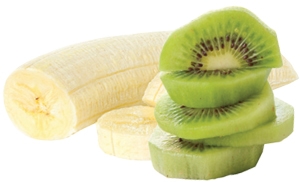
Per 1/2 banana: 220kJ, 0.6g protein, 8.4g sugars, 0mg sodium; $0.29
Per kiwifruit: 166kJ, 0.9g protein,6.5g sugars, 2mg sodium, 63mg vitamin C; $0.69
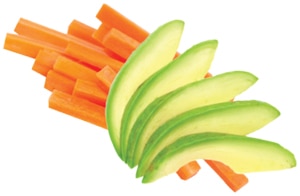
Per 1/4 cup carrot sticks, steamed: 59kJ, 0.2g protein, 2.5g sugars, 15mg sodium; $0.08
Per 1/4 avocado, chopped: 300kJ, 0.9g protein, 0.3g sugars, 4mg sodium; $0.87
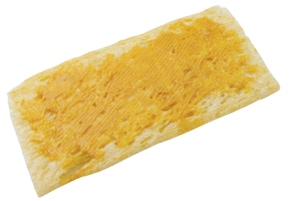
Per crispbread: 185kJ, 1.9g protein, 0.3g sugars, 49g sodium; $0.19
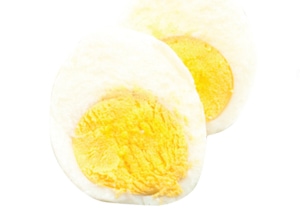
Per egg: 330kJ, 7g protein, 1mg iron, 82g sodium; $0.40
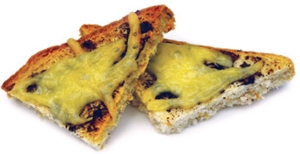
1/2 slice wheatmeal bread, 1 tablespoon grated Colby, thin scraping of Marmite (1/4 tsp)
Per 2 small toasts: 290kJ, 3.8g protein, 160mg sodium, 79g calcium; $0.15
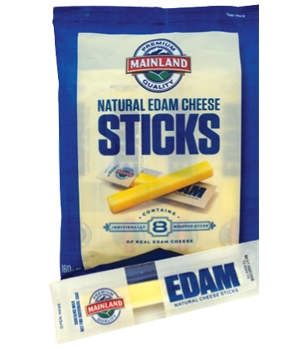
$5.19 for a 160g pack (8 sticks)
Per stick (20g): 290kJ, 5.3g protein, 142mg sodium, 154mg calcium; $0.62
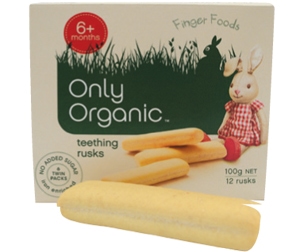
$4.69 per 100g pack (12 rusks)
Per rusk (8g): 122kJ, 1.2g protein, 0.2g sugars, 25mg sodium, 1.6mg iron; $0.35
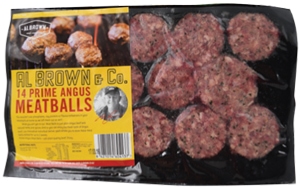
$10.95 per pack (14 meatballs)
Per meatball (35g): 342kJ, 6.6g protein, 67mg sodium, around 1mg iron; $0.78
Article sources and references
- Australian National Health and Medical Research Council and New Zealand Ministry of Health. 2006. Nutrient Reference Values for Australia and New Zealand including Recommended Dietary Intakes. Canberra: NHMRChttps://www.nhmrc.gov.au/sites/default/files/images/nutrient-refererence-dietary-intakes.pdf
- Ministry of Health. 2008. Food and nutrition guidelines for healthy infants and toddlers (Aged 0–2): A background paper, 4th ed., partially revised December 2012. Wellington: Ministry of Healthhttps://www.health.govt.nz/publication/food-and-nutrition-guidelines-healthy-infants-and-toddlers-aged-0-2-background-paper-partially
www.healthyfood.com










